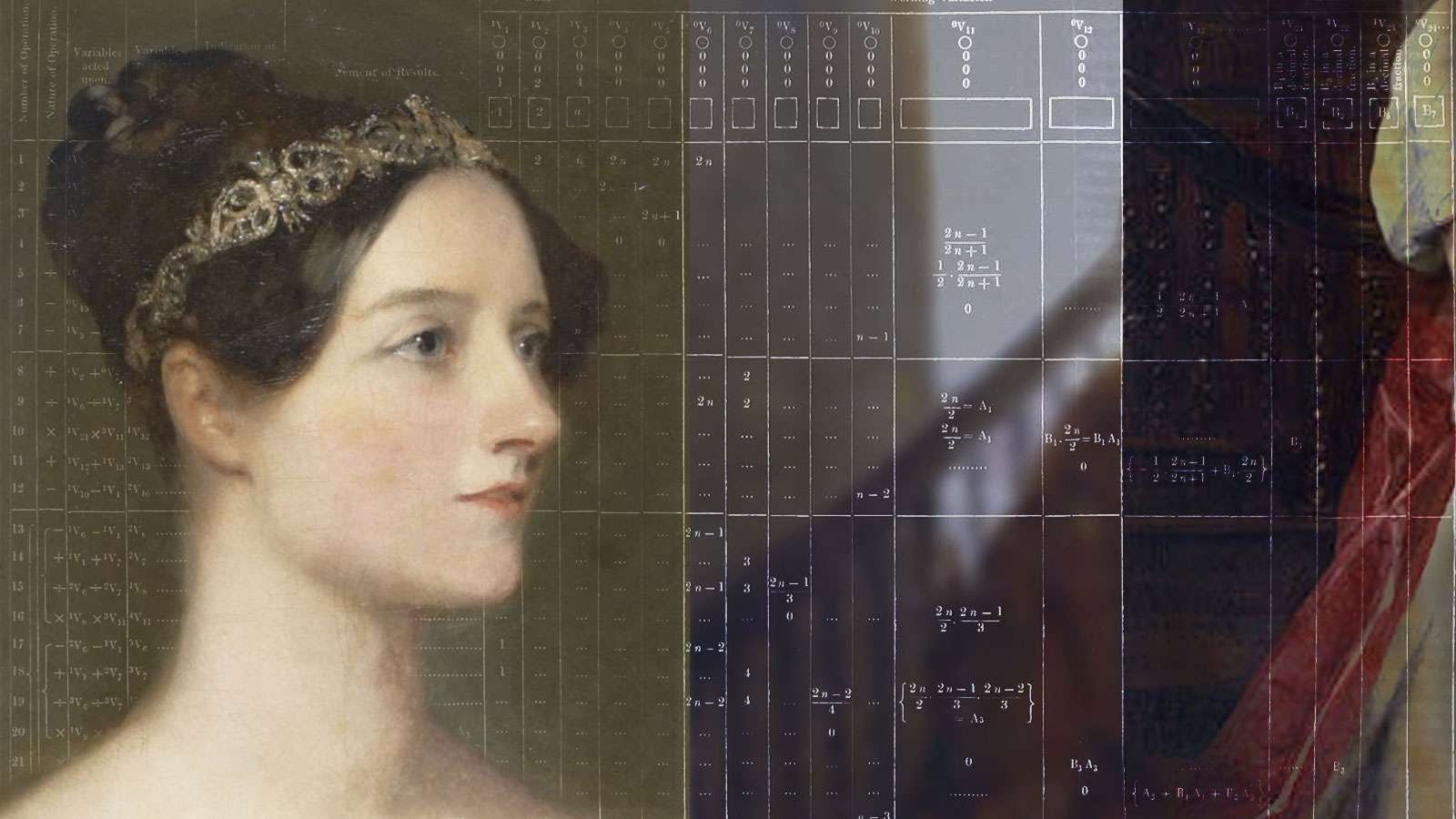La historia de los lenguajes de programación.

¿Cómo empezaron todas estas cosas?
1 – Primero, tenemos que saber, todo lo que escuchamos es un idioma, el idioma de un país, el idioma de un animal, incluso el idioma de tecnología, todo se traduce como un lenguaje, a veces escrito y a veces no escrito, comprensible o no. Lo mismo para los lenguajes de programación, todo en este campo es un lenguaje con diferentes niveles, a veces difícil de entender y trabajar con él, y a veces más fácil.
2 – Segundo, debemos saber que el inglés es uno de los idiomas más hablados del mundo con más de 1500 millones de hablantes y este número está creciendo rápidamente. El inglés lo aprenden personas de diferentes países y hoy en día se aplica en todos los campos de la vida. Lo mismo ocurre con los lenguajes de programación, son aprendidos y utilizados por desarrolladores de todo el mundo y el número de desarrolladores crece día a día.
3 – Tercero, tenemos que saber, el primer lenguaje escrito registrado en civilizaciones pasadas fue ‘cuneiforme’ en Babilonia, Mesopotamia, hace 5000 años. A través de este lenguaje se construyeron varios códigos y reglas sobre cómo debían organizarse las ciudades y los estados. Si bien, el primer lenguaje de programación de computadoras se creó en 1883 cuando una mujer llamada Ada Lovelace trabajó con Charles Babbage en su primera computadora mecánica, la Máquina analítica.
Mientras tanto, Babbage se preocupaba simplemente por calcular números, Lovelace vio que los números con los que trabajaba la computadora podían representar algo más que cantidades de cosas. Escribió un algoritmo para el motor analítico que fue el primero de su tipo. Debido a su contribución, a Lovelace se le atribuye la creación del primer lenguaje de programación de computadoras.
What happened after the first language?
What happened after Ada Lovelace wrote the first programming language for ‘Analytical Engine’?
Computer languages were first composed of a series of steps to wire a particular program; these morphed into a series of steps keyed into the computer and then executed; later these languages acquired advanced features such as logical branching and object orientation.
In the beginning, Charles Babbage’s difference engine could only be made to execute tasks by changing the gears which executed the calculations. Thus, the earliest form of computer language was physical motion. Eventually, physical motion was replaced by electrical signals in 1942.
It followed many of the same principles of Babbage’s engine and hence, could only be “programmed” by presetting switches and rewiring the entire system for each new “program” or calculation. This process proved to be very tedious.
In 1945, John Von Neumann was working at the Institute for Advanced Study. He developed two important concepts that directly affected the path of computer programming languages. The first was known as the “shared-program technique”.
This technique stated that the actual computer hardware should be simple and not need to be hand-wired for each program. Instead, complex instructions should be used to control the simple hardware, allowing it to be reprogrammed much faster.
The second concept was also important and Von Neumann called it “conditional control transfer”. This idea gave rise to the notion of subroutines, or small blocks of code that could be jumped to in any order, instead of a single set of chronologically ordered steps for the computer to take.
The second part of the idea stated that computer code should be able to branch based on logical statements such as IF and THEN, and looped such as with a FOR statement. “Conditional control transfer” gave rise to the idea of “libraries,” which are blocks of code that can be reused again.
Around this time, Konrad Zuse was inventing his own computing systems independently and developed many of the same concepts, both in his machines and in the Plankalkul programming language. Alas, his work did not become widely known until much later.
